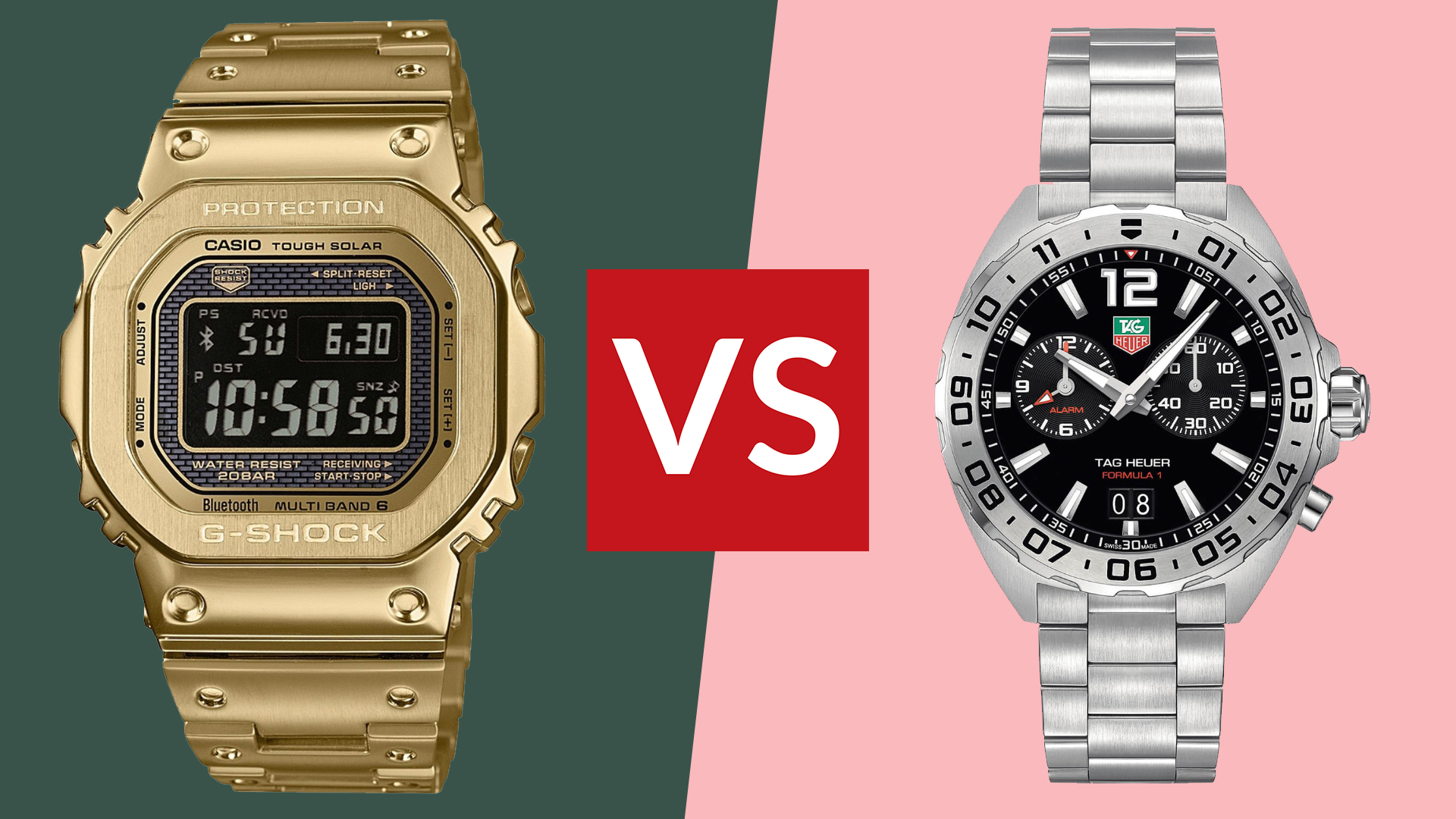

No matter how broad the watch market can seem, there are two distinct types of timepiece: digital and analogue. These can also be referred to as having a quartz movement (digital) or a mechanical movement (analogue).
The movement used by a watch doesn’t necessarily affect how it looks on the outside, or how it functions generally. But there are key technical differences between the two, ranging from cost and mechanical complexity, to features and timekeeping accuracy.
- Best digital watch: digital timepieces to earn you horological kudo
- Best watches for men: T3's ultimate guide to watches
It is also important to remember that quartz movements can be used by watches that have either digital displays or analogue dials. Despite ticking hands and a digital screen seeming very different, they are both powered by a battery and keep time with a quartz crystal. Mechanical movements are only used to power analogue watches.
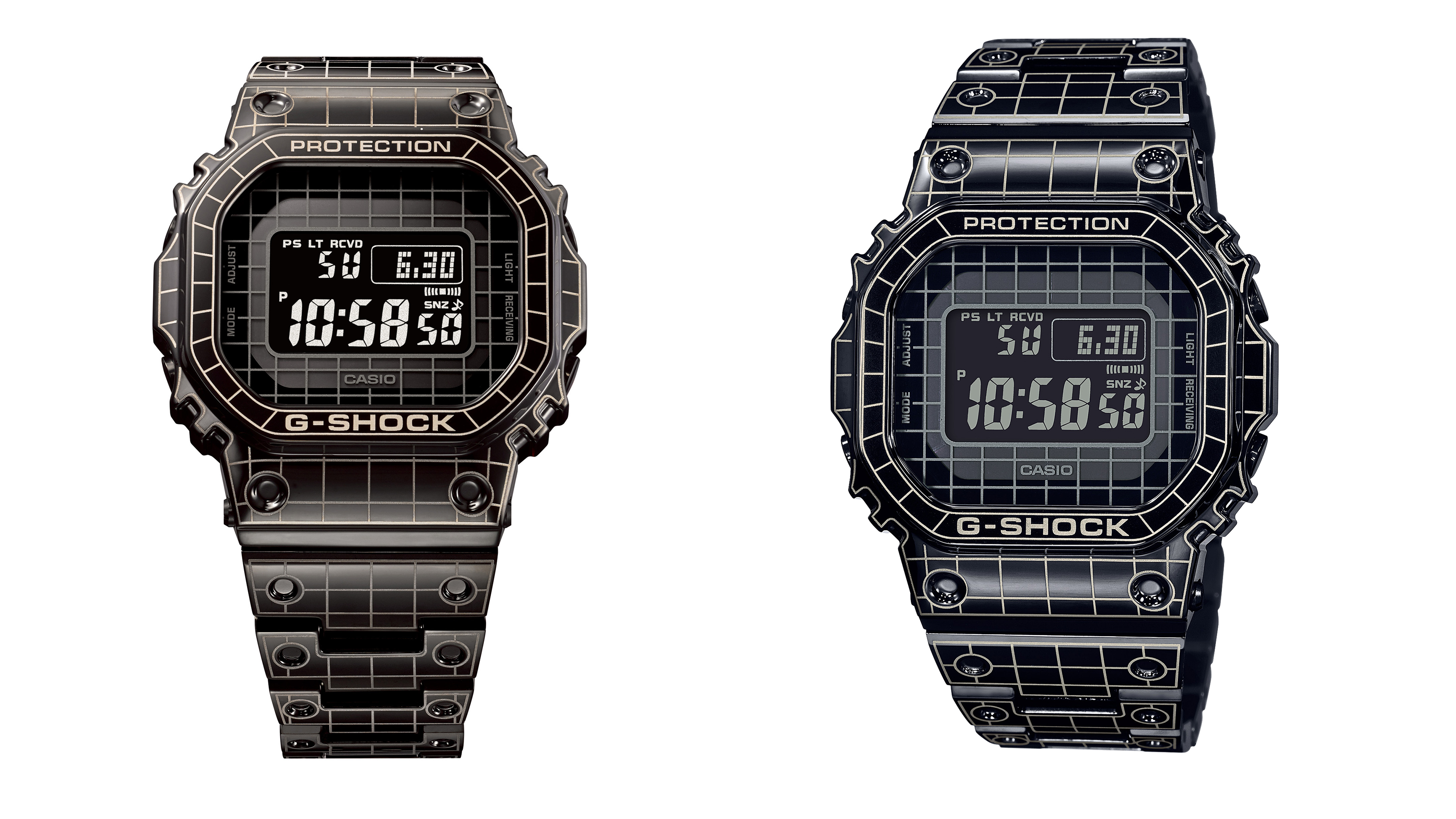
Digital vs analogue watches: Movement
Just like how cars powered by electricity and petrol will get you from A to B, using the same road network and with a driver who has the same licence, digital and analogue watches sit on your wrist and display the time.
While the case, dial and strap can all look the same, it is the inside that is completely different. An analogue uses a mechanical movement to keep time, which uses a spring that is wound up either by hand or by the movement of the wearer’s wrist. This spring stores energy which is slowly deployed through the movement to operate the watch’s hands and other functions.
There are many different types of mechanical watch movement, with key differences being accuracy, the number of functions (or complications) and how long the movement can run for without being wound up again.
A digital watch is battery powered and uses a tiny piece of quartz crystal that acts as the oscillator. Electricity is sent from the battery to the quartz, which vibrates precisely 32,768 times per second; these are counted by the watch’s electrical circuit, which then generates a pulse of electricity per second, driving a motor and moving the hands to keep time.
Sign up to the T3 newsletter for smarter living straight to your inbox
Get all the latest news, reviews, deals and buying guides on gorgeous tech, home and active products from the T3 experts
Modern mechanical watches can be incredibly tough, but their many small moving parts can make them fragile. A quartz movement doesn't suffer from this vulnerability, and this is especially the case with quartz digital watches, which have no moving parts at all.
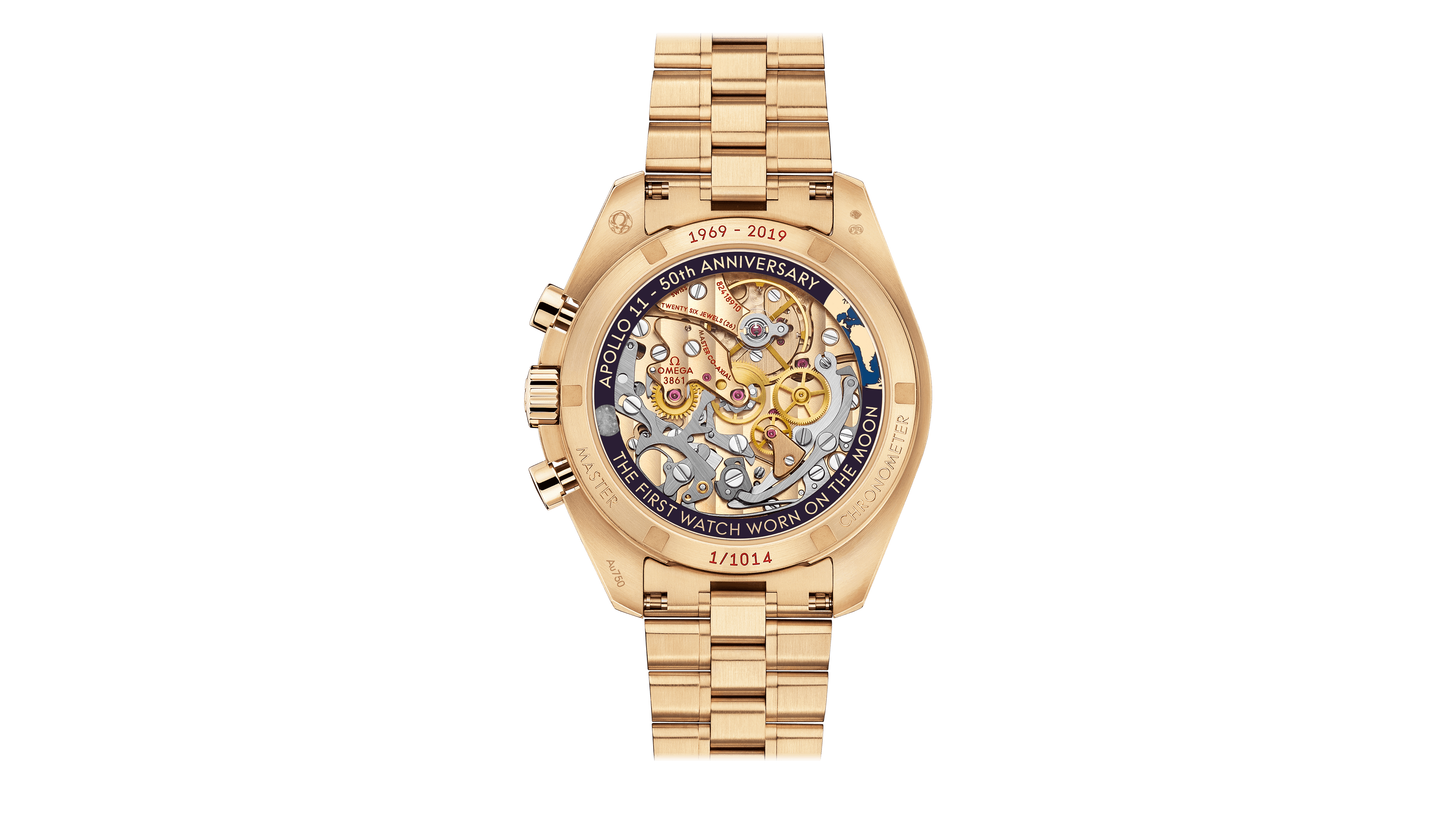
Digital vs analogue watches: Accuracy
A vital difference between digital and analogue (or quartz and mechanical) watches is their ability to keep time. A quartz movement is more accurate, despite being significantly cheaper and simpler, and will keep time better than the complex mechanical movement of an analogue watch.
That said, mechanical watches are still accurate enough for most users. Unless your profession depends on it, or you use your wristwatch for other critical timekeeping, then it being a few seconds slow or fast each day shouldn’t be a major concern.
Generally speaking, modern mechanical watches are accurate to between one and 10 seconds per day. This could mean they run fast or slow by that amount, but even in the worst-case scenario your watch might become 70 seconds fast or slow per day after a week. This is an accuracy of over 99.9 percent, and so shouldn't be something to lose sleep over – and given you probably have an even more accurate smartphone in your pocket, adjusting your watch every few days or weeks is simple.
For comparison, quartz watches are generally accurate to one second or less per day.
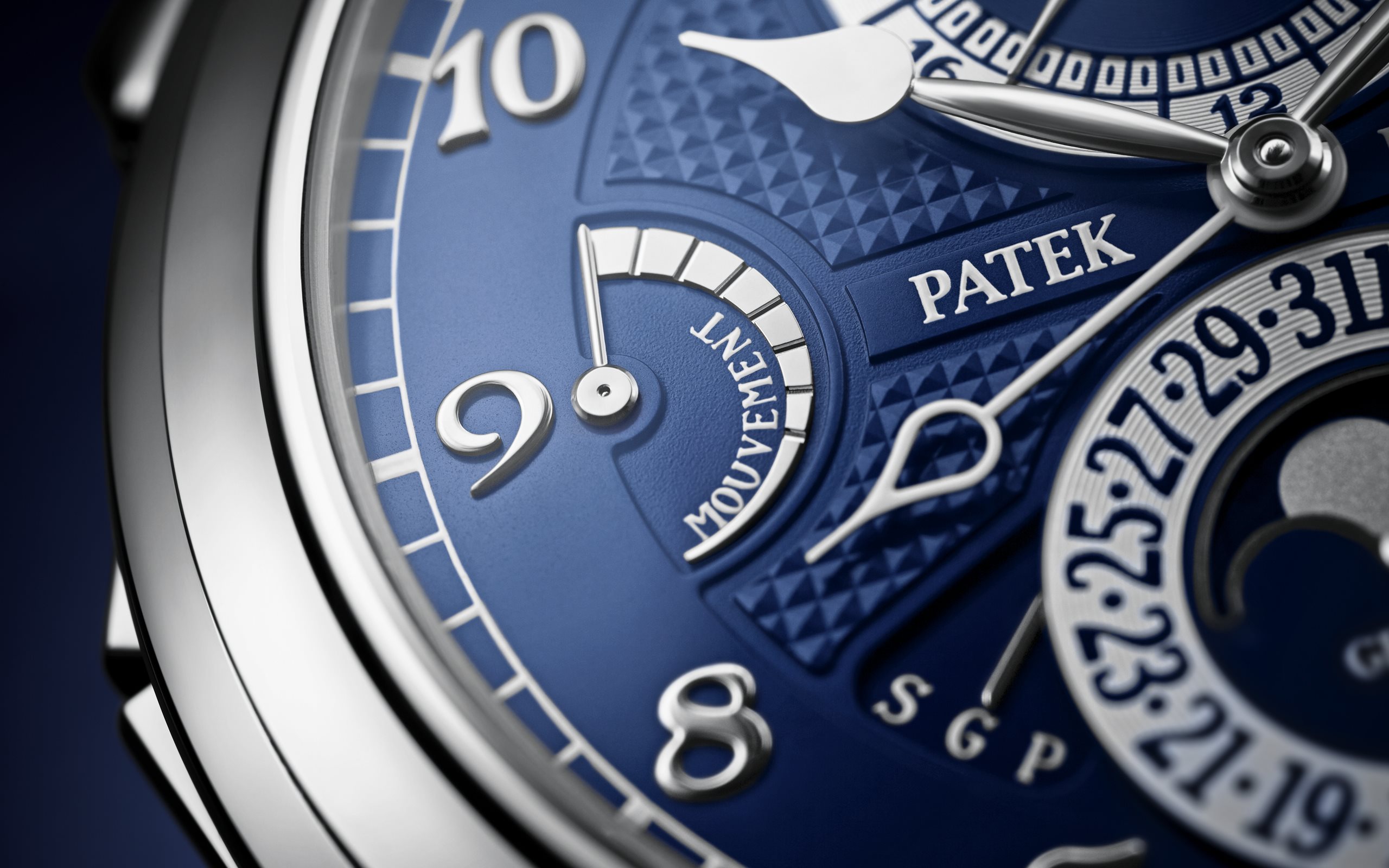
Digital vs analogue watches: Features
This is where things get interesting, as digital and quartz watches can boast a huge number of features while retaining a low price. Mechanical, analogue watches with a lot of features can quickly become incredibly expensive, as each extra feature – a stopwatch, a perpetual calendar, a moon phase dial – requires a more complicated movement full of cogs and gears to drive it.
Common features of quartz watches with an analogue dial include a stopwatch operated by buttons at the two and four o’clock positions. You are also likely to see a date display and sometimes the current day too. Quartz watches with a digital display take things much further, with multiple timers, audible alarms, calendars, an hourly chime, several daily alarms, multiple time zones and more.
Digital watches, and some quartz watches with analogue dials, come with an LED light for illumination. This offers a more reliable way of seeing the time at night, instead of counting on the lume of a mechanical watch, which can vary in brightness depending on how much light is absorbed during the day.
Analogue watches with mechanical movements can have many features too, but they usually come with a steep price. As standard you get minute and hour hands, of course, while extras can include date and day, a stopwatch with split times, a countdown timer, a dial showing the phase of the moon, and a second hand showing GMT.
At the very top of the market you will find masterpieces like the Patek Philippe Calibre 89, which has 33 complications, weighs 1.1kg and has 24 hands and 1,729 components.
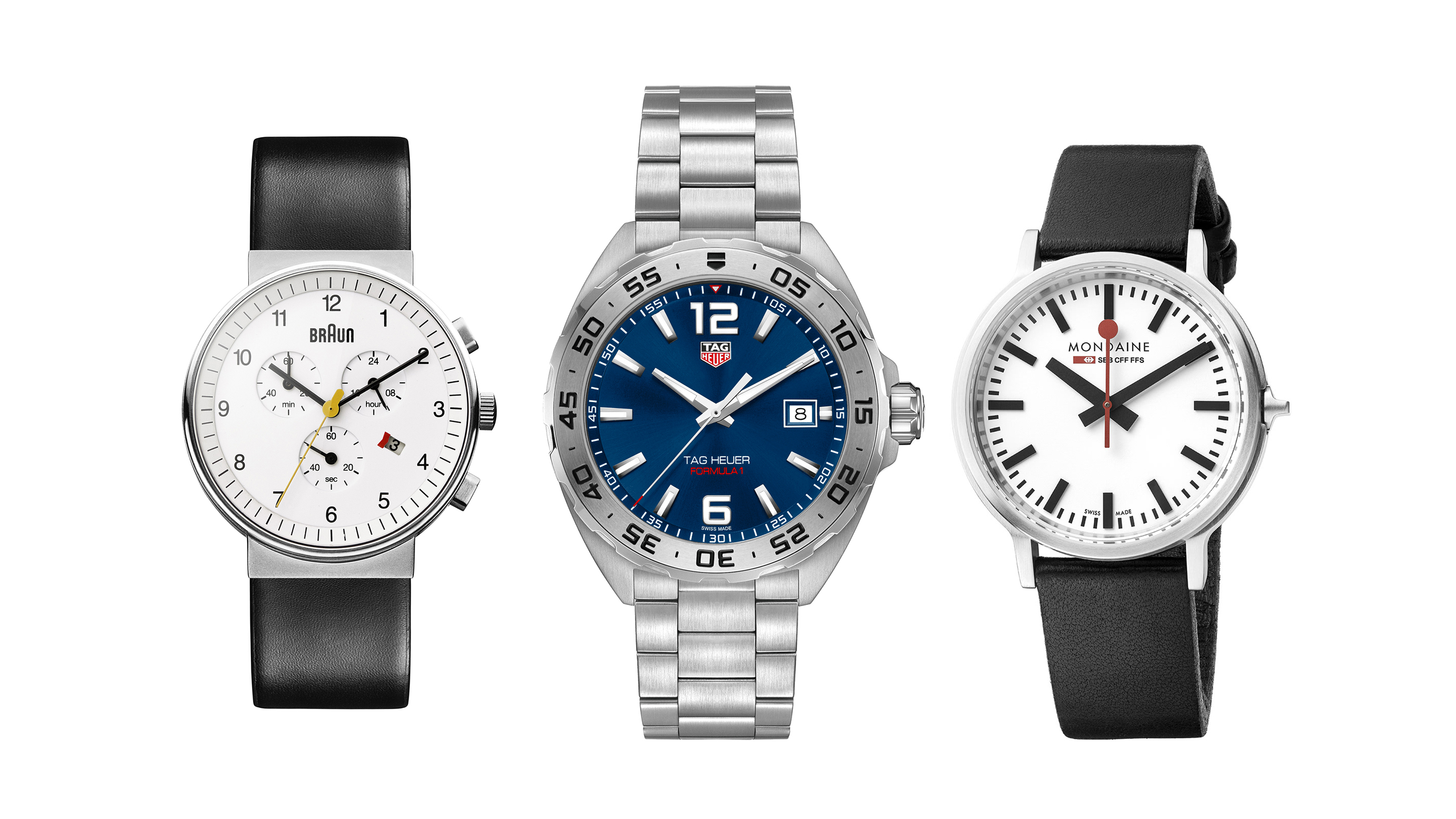
Digital vs analogue watches: Cost
As we have alluded to already, there can be a huge variation in cost between digital and analogue watches. An entry-level digital watch by Casio can cost under £10, while the most expensive mechanical watches can cost six figures, or even multiple millions of any currency you like when auctioned.
Because all quartz movements are very similar, the extra cost of one watch compared to another is more closely related to the case material, design, strap and other visual factors. The cost of a mechanical watch does also vary depending on case material, strap type, and of course the use of precious metals, gems and diamonds, but the complexity of the movement also has a huge factor on cost.
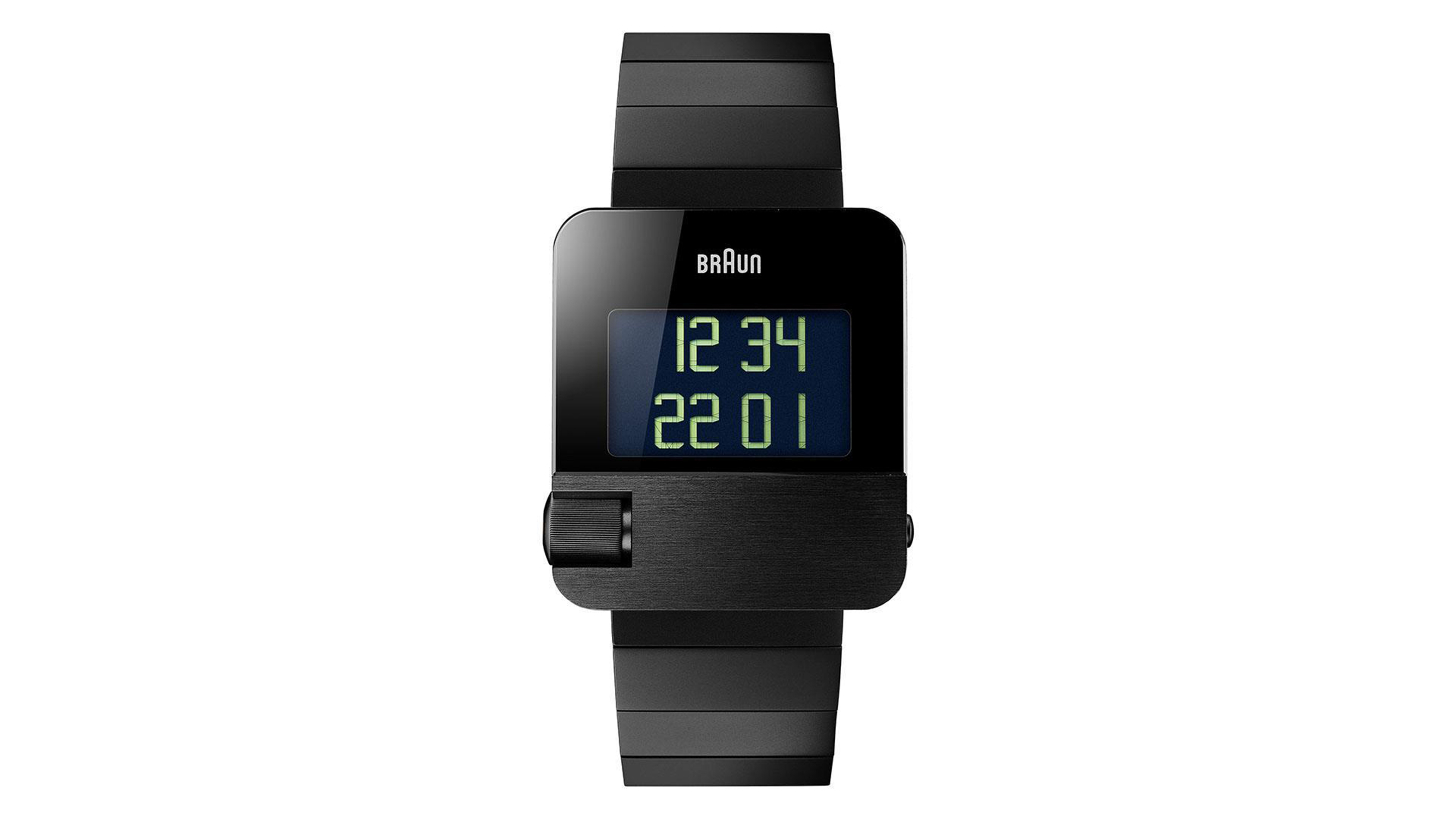
Digital vs analogue: Which is best?
From a cost and value-for-money perspective, it is hard to ignore the quartz movement. When harnessed by Japanese firms in the Seventies, the low cost and high accuracy of the quartz movement brought the Swiss watch industry to its knees. Swatch’s adoption of quartz helped prevent disaster, but from then on quartz movements have been adopted by a huge range of watchmakers, from Switzerland and abroad.
That said, true horology fans appreciate a watch for the quality and complexity of its movement as much as the way it looks. Just look at the stir Omega caused in 2020 when it announced a change to the movement of its iconic Speedmaster ‘Moonwatch; the change did very little to change how the watch functioned, but as symbolic gestures go it’s right up there with Ferrari making an electric sports car.
Which is best comes down to your budget more than anything else. Quartz movements give you many more options, including watches with digital displays, while mechanical watches carry a higher price and appeal more to the purist.
Liked this?
Alistair is a freelance automotive and technology journalist. He has bylines on esteemed sites such as the BBC, Forbes, TechRadar, and of best of all, T3, where he covers topics ranging from classic cars and men's lifestyle, to smart home technology, phones, electric cars, autonomy, Swiss watches, and much more besides. He is an experienced journalist, writing news, features, interviews and product reviews. If that didn't make him busy enough, he is also the co-host of the AutoChat podcast.
-
 Leaked AirPods prototype looks like Nothing... literally
Leaked AirPods prototype looks like Nothing... literallyAnd we are here for them
By Britta O'Boyle Published
-
 OnePlus Watch 3 lands in the UK with a flurry of freebies and a huge discount
OnePlus Watch 3 lands in the UK with a flurry of freebies and a huge discountThe new titanium-clad smartwatch brings 120-hour battery life, ECG health checks, and some serious launch offers
By Matt Kollat Published